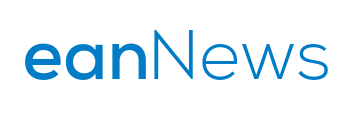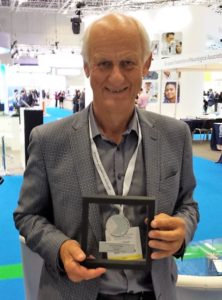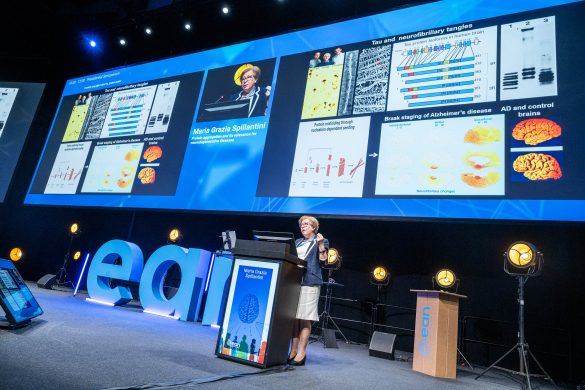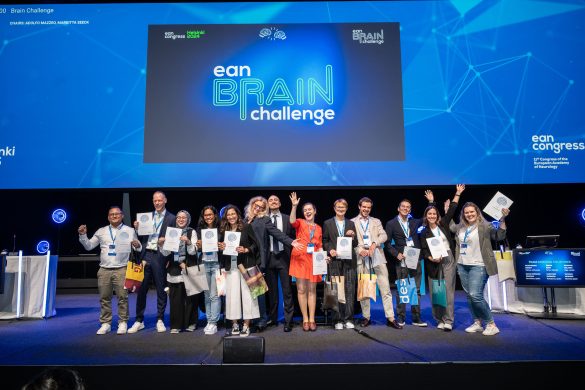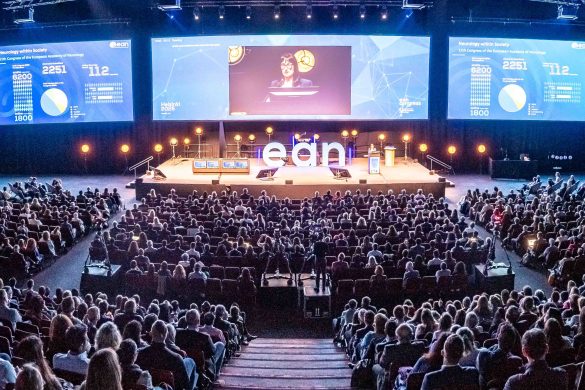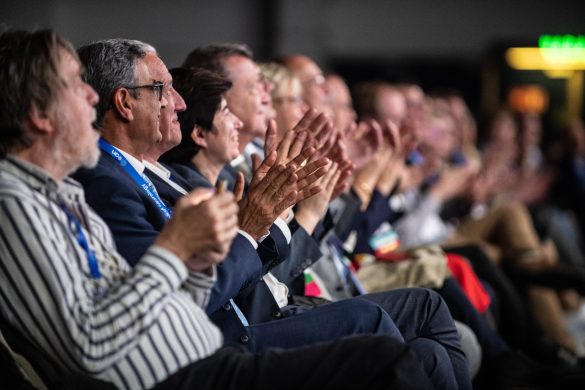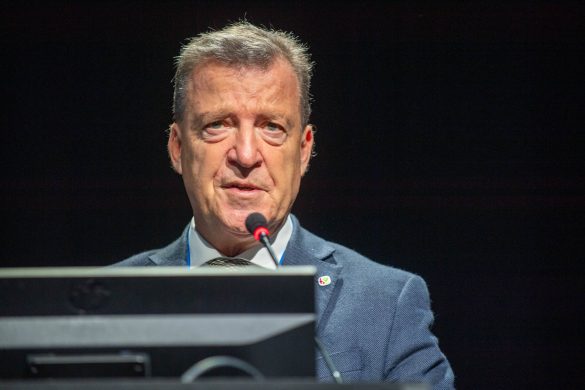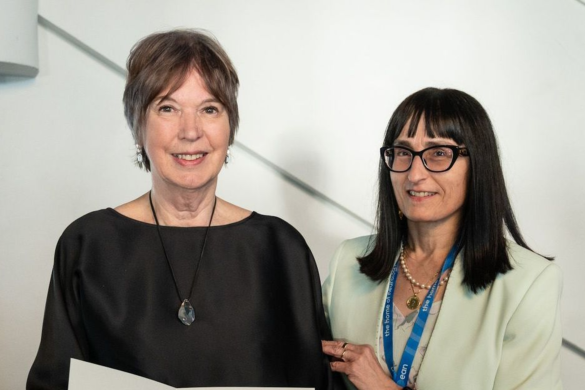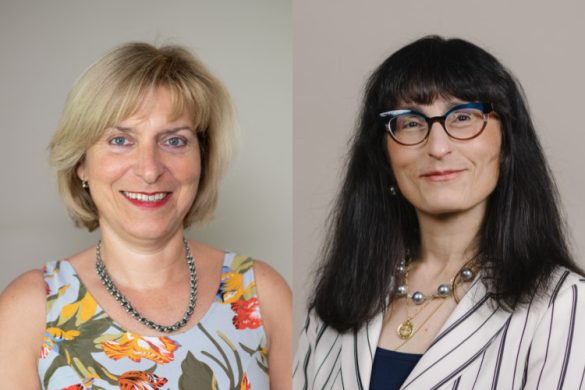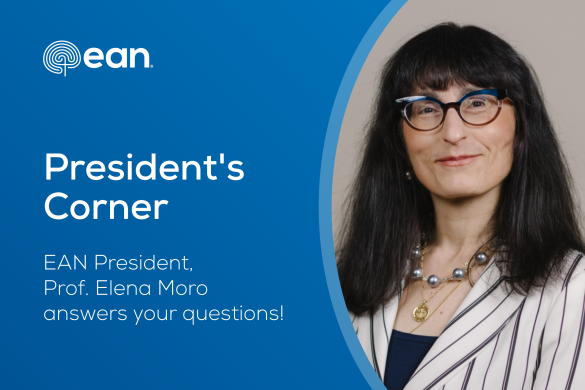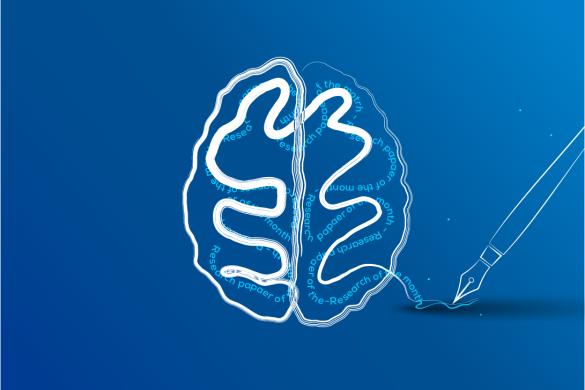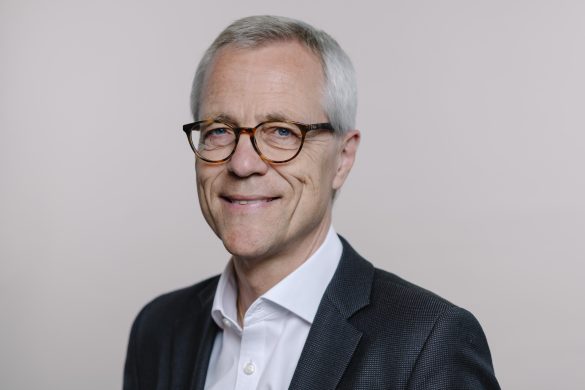Professor Jes Olesen, FEAN
Professor of neurology at the University of Copenhagen and chief of the Danish Headache Center at Glostrup University Hospital, Copenhagen, Denmark
David B. Vodušek (DBV): When looking back at your long and varied career, can you tell us what was crucial for you to choose neurology as your specialty, and headache as your primary research field of interest?
Jes Olesen (JO): Already as a medical student, I was interested in neurology. I thought at that time – and I still think so today – that the brain is by far the most interesting organ in a human being. In those days in the late nineteen sixties neurology was a tiny specialty, and it was considered very, very difficult to get a hospital position in neurology. Therefore, I was in the beginning more inclined to choose internal medicine, but I got in contact with an outstanding research environment headed by Professor Niels A. Lassen. That group was indisputably world leading in the field of brain blood flow, and I started on a doctoral thesis under the guidance of Niels A. Lassen. My lifelong friend and colleague professor Olaf B. Paulson was instrumental in getting me a position, and it was fantastic to work in such an internationally acknowledged environment. I had no difficulty finishing my thesis on brain blood flow and that included studies of adrenaline, nor-adrenaline, angiotensin, histamine and serotonin. My neurological mentor was Professor Erik Skinhøj and he had done a couple of studies in migraine demonstrating mark changes in brain blood flow. Therefore, when I finished my doctoral thesis and continued my education in neurology, and I looked out for a disease where studies of brain blood flow could be interesting, migraine was an option. I was also interested in common disorders and thought that neurologists paid too much interest to rare diseases. Consequently, I chose migraine but there was a difficulty. Headache patients were rare in academic neurological departments. To solve that problem I organized an acute service where people could come in by themselves and have a single acute headache attack treated. This so-called Copenhagen Acute Headache Clinic gave us ample material to study and at the same time helped many people.
DBV: Can you tell the EAN Pages readers of your work in the field of headache? What do you consider the important short-term and mid-term goals of research in this field?
JO: My research in headache got a rocket start because we very early showed that there are marked changes in brain blood flow during attacks of migraine with aura. This was groundbreaking because it disproved the then universally accepted idea that the migraine aura was caused by ischemia and the headache by reactive hyperemia. Instead, we suggested cortical spreading depression as a mechanism and this is still accepted today. At that time, I also started work on the International classification of headache disorders and I have subsequently chaired the work for three successive editions, the third being published as the first issue in 2018 of the headache journal Cephalalgia. The next major interest was in the provocation of migraine attacks. We developed an experimental model and showed that the signaling molecules nitric oxide, histamine, calcitonin gene related peptide (CGRP), the prostanoids and Pituitary adenylate cyclase-activating peptide (PACAP) were all able to induce headache in non-migraineurs and migraine in migraine sufferers. Consequently, these signaling molecules were likely to be involved in migraine mechanisms. That has now been proven for CGRP, where a small molecule receptor antagonist is effective in the treatment of acute attacks and human monoclonal antibodies against CGRP or its receptor are effective in the prophylaxis of migraine. The key thing is that migraine and cluster headache now have a rich neurobiological background completely open for basic neuroscientific research. In addition, very specific drugs, the triptans and the CGRP antagonists, provide an inroad to the understanding of migraine mechanisms. How do the provoking signaling molecules or the drugs work? What is the common denominator? In which tissue does the action take place? These issues will be clarified in the coming years. Migraine genetics is the other extremely important research field. 38 common variants associated with migraine have already been identified and many more will come. Three genes cause the rare monogenic familiar hemiplegic migraine and new rare genetic variants with a high relative risk will be identified for migraine with or without aura. They will also improve our understanding of the basic mechanisms of migraine.
DBV: The Danish Headache Centre is a model in its kind. What would be your recommendation for Europe when considering the work the Headache Centre does?
JO: We were able to develop the Danish Headache Center as a multi-disciplinary tertiary referral center for rare and difficult-to-treat headache patients from all of Denmark. The reason why this was successful is our decades of frontline headache research. We kept hammering at the political decision makers that the treatment of headache patients should be at the same high level as our research. It took about a decade before we got started, but once we started, patients got referred in huge numbers, and we soon had a long waiting list. We were then able in several steps to expand the headache center because patients from outside of our local uptake area brought an income to the hospital system. The last achievement was that we are now moving into a brand new building of 2200 square meters that are built specifically to the purpose. We had patient organizations participating in the planning which means that a lot of important details for the patients were built in such as dampening of the light, no violent colors or patterns, sound dampening floors and walls and more. The ground floor is for patient management and the top floor is for offices and mostly for patient related research. With the Danish Headache Centre, we have finalized the Danish plans for services to headache patients, which include three tiers. The general practitioners handle the first, and every Dane has a general practitioner. They take care of the majority of headache patients but they refer the slightly more difficult cases to practicing neurologists or to a non-specialized neurological department. The third tier is then The Danish Headache Centre that is highly specialized. I strongly recommend that other countries work towards this three-tier system, which is also supported by the global campaign against headache of the World Health Organization. Headache is so prevalent that the majority of services must be delivered by general practice but the severe end of the headache specter still includes large numbers of patients for tier number two and three.
DBV: In 1995, you became President of the EFNS and worked towards the creation of an overarching European society together with ENS. In 2013, this became a reality and EAN – European Academy was created. What is your view on this?
JO: I was a vice president of the European Federation of Neurological Societies (EFNS) from its inception in 1991 with Professor Franz Gerstenbrand as the president. He delegated a lot of work and responsibility to me. Therefore, I became the workhorse but also very influential during the formative years of EFNS. We started with no money, no office, and no policy and in competition with the already well established European Neurological Society (ENS). We tried in the first years to work out an agreement with ENS about alternating meetings but the ENS took no notice, and it became clear that negotiation was only possible from a position of strength. We developed that before and during my presidency. I then tried three times to achieve a fusion between ENS and EFNS. Every time the negotiating committee was positive but the ENS board turned down every time the proposal. All my efforts seemed to be in vain but perhaps all these attempts did work behind the scenes and perhaps they did support the final solution. I was extremely pleased when the fourth attempt at fusion was finally successful. The main reason behind the success was perhaps that the presidents of the two organizations were both Belgians, and Belgians are known for their flexibility and ability to compromise. It has also been extremely pleasant to see how the EAN works smoothly after the fusion including many initiatives that I started in the EFNS. If there has ever been any kind of slight hostility between the two previous organizations then it has not been carried forward into the new organization. We also owe a lot of gratitude to the first president of the EAN, Professor Günther Deuschl. I think he has been a tremendous leader of the new organization, not only because he has worked so hard, but also because he always has the focus on achieving results for the organization and does this with personal modesty. The big challenge for the EAN, as I see it, is that it was created at a time when regulatory rules have become tighter and tighter, pharma industry has lost some of its interest in the brain and funding has become less abundant. Maybe that is why participation at EAN congresses has been only slightly greater than it was at the congresses of the EFNS. However, congress size is only one aspect. The EAN has so many other tasks and it can pursue these tasks with much more vigor than the previous two separate organizations. Soon the EAN will be a par with the American Academy of Neurology.
DBV: Your vision of Europe and the importance of “brain research” gave birth to two very important and successful organisations: EFNA – the European Federation of Neurological Associations and EBC – European Brain Council. What was your rationale for starting up these organisations?
JO: Neurology has expanded a lot over the last decades but it is still a relatively small specialty in most European countries. It is an important task for the EAN to persistently support not only the qualitative development of our specialty but also its quantitative development. We should define our specialty very broadly. It is also important to see neurology as a brain discipline and to work together with related organizations in neurosurgery, psychiatry and in basic neuroscience. When it comes to influencing the political/administrative agenda even such a collaboration between related disciplines is not enough. Politicians always think about the voters and we should never forget that the end goal of all biological research and clinical research is to fight diseases of the brain. Therefore, patient organizations are incredibly important. Whenever possible we should work hand in hand with the patients to promote our common goal. When I was president of the EFNS, I participated in meetings in Brussels about forthcoming brain research programs. They were led by basic neuroscientist and met with little success. I understood that we must form a broad alliance that mediates collaboration between all players with an interest in the brain and its diseases. At the European level, there was no overarching patient organization for neurology, only organizations focusing on individual diseases. Mrs. Mary Baker came from the presidency of The European Parkinson’s Disease Association and agreed to form a European federation of patient’s organizations within neurology. EFNS was able to support her with modest finances and allocated a significant proportion of the time of Mrs. Eveline Sipido to assist Mary Baker. Then the European Federation of Neurological Associations (EFNA) was formed and we could move on. There was not a single but several professional organizations for psychiatry. We elected to start collaborating with the European College of Neuropsychopharmacology (ECNP) that focused on the organic aspect of psychiatric diseases. The basic neuroscientists in FENS and the psychiatric patient organization GAMIAN also participated in the formation of the European Brain Council (EBC). That organization was able to get the ear of The Commission for Research in Brussels. We also developed important documents: Cost of Disorders of the Brain in Europe, Resource Allocation to Brain Research in Europe and Consensus Document on European Brain Research. The combined organizational efforts and all the new published evidence made it possible to get impact on the 6th and 7th framework programs. In fact, our lobbying over a decade resulted in enormous increases of EU funding of brain research from seventy million to 1.4 billion Euros per framework program. I am very pleased to see that both the EBC and EFNA are thriving and developing. There has to be continued presence in Brussels and continued efforts to increase brain research. Otherwise, brain research will be reduced. There is no standing still – either forward or backward.
DBV: What is your vision of the future development of neurology in the decades to come?
JO: I have always been very ambitious on behalf of neurology. I advocated a definition of the specialty including stroke, dementia, headache, neuro habilitation, trauma, equilibrium disorders and more. In Denmark, we have achieved a large part of that and neurology has become a relatively big specialty. Some old-fashioned neurologists may think that all their “interesting” rare patients may drown in the sea of common disorders. That may be true, but we need to maximize the benefit of neurology and that involves big numbers. As the president of EFNS and EBC I use to say that British patients with neurological disorders get inferior service despite the fact that British neurologist are perhaps the best in Europe. That is simply the quantitative aspect. There are not enough neurologist and not enough neurological beds in the UK. Both quality and quantity matters. The EAN should vigorously pursue this definition of neurology. Two or three examples from Denmark may serve as guidance for other countries. My own headache center started in 2001 and in 2017, we had 8-fulltime neurologist working on headache. We have three nurses, three psychologists, a part time dentist and a part time psychiatrist plus support personnel. We now expand further with a national knowledge center for headache. Such centers are probably needed for every million inhabitants throughout Europe. Stroke care has been organized so that all stroke patients in Denmark are acutely admitted to a stroke unit in a neurological department for fast workup and treatment. Dementia has been organized in multidisciplinary dementia clinics usually located within neurological departments. These initiatives can be done everywhere in Europe.
I foresee that in the next twenty-five years neurology will develop even faster than during the past twenty-five years.
Dear Professor Olesen, dear Jes, I am very grateful to you for this interview.
I am sure my generation of European neurologists is well aware of your many achievements. The scientific ones are of course well documented, but your energetic career, long fight for expanding neurology and neuroscience and give neurological patients a better chance all over Europe is perhaps not so obvious to the younger colleagues, who, I hope, are embracing your concept of neurology as a large speciality and will continue on this path.
